A small woman with a tiny bowed instrument enthralls an entire audience, holding thousands breathless as they listen with undivided attention—this would be the work of DPA erhu soloist Ms. Qi Xiaochun. She has been introducing the tiny, simple-looking instrument to people who had never seen or heard the “Chinese fiddle” before.
“When she was playing it, the music made you feel something. You weren’t just listening to it, you were feeling something … it was amazing,” described Toronto history student Victor Byenkya at last year’s DPA performance.
This unique instrument can be traced back 1,000 years to China’s Tang dynasty, often considered the peak of China’s 5,000-year culture.
The erhu’s name is composed of two Chinese characters: èr, which means two, resembles the two strings of the instrument, hú, indicates that it belongs to the family of Huqin instruments. Huqin literally means “barbarian instrument,” demonstrating that it was originally foreign to the Han Chinese.
The erhu’s unique, soul-stirring sound is created through its curious shape and the unique materials used in its construction. The bow is made of horsehair, and python skin is used for the cover of the resonator box.
The erhu is constructed of a long stick that serves as the neck and a small sound box, which is either hexagonal, octagonal, or more seldom round in shape. The two strings are fixed on the tuning pegs and stretch over a very small wooden bridge placed on the snake skin cover of the sound box, which gives it the characteristic, melancholic sound.
Unlike Western string instruments, which have only small sound openings, the resonator box on the erhu is open on the back side. Both instrument and bow are 32 inches long from top to bottom and made of either sandalwood or ebony. For very fine erhus that are handcrafted today, instrument makers also use wood similar to that of antique furniture.
The specialty of its construction requires that the bow always be in contact with the strings. The horsehair of the bow then moves between the two strings as the player fingers both strings at the same time.
The erhu’s tonal range is about three octaves, depending on the technical skills of the player. It is tuned in D4 and A4, the same pitch as the middle strings of the Western violin, though some compositions require a special tuning.
Unlike Western string instruments, the erhu has no fingerboard. Musicians who play the erhu press their fingertips on the strings without making contact with the neck. This produces the magical, weightless quality of the sound. Because of the way the instrument is played, the erhu’s tone might bring to mind a voice of endless breath.
In the 20th century, the erhu’s silk strings were gradually changed to metal strings. This made its very soft sound stronger in volume and enabled the instrument, which required a quiet environment, to catch up with the times—modern music listeners are no longer accustomed to the subtleties of silken strings. Due to the change of string material, the erhu became powerful enough to succeed as a solo instrument in a modern concert hall.
Las Vegas photographer and publisher Lindsay Hebberd summarized her experience in listening to a master player’s erhu performance at last year’s DPA performance in Las Vegas. “My favorite instrument in the world is the erhu,” she said. “It looks like a child’s toy, but it has the most amazing sound and the greatest tonality in the world.”
To learn more about Chinese Culture or find ticket information for the Divine Performing Arts show near you.
Please visit www.divineperformingarts.org

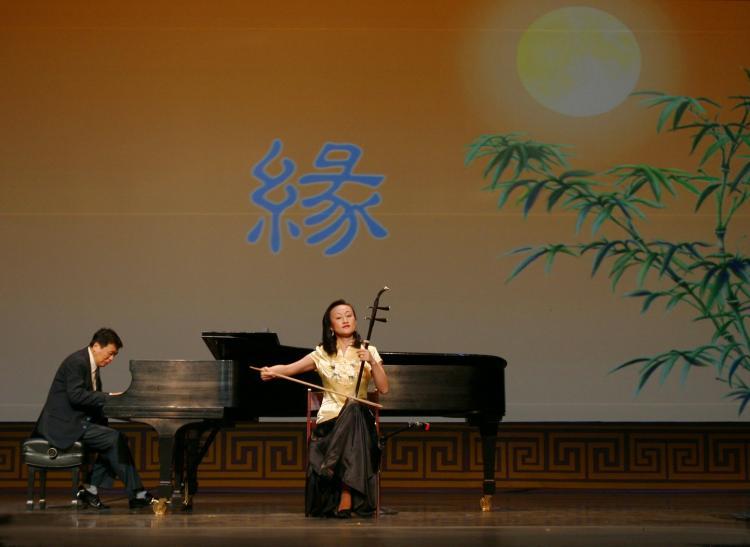
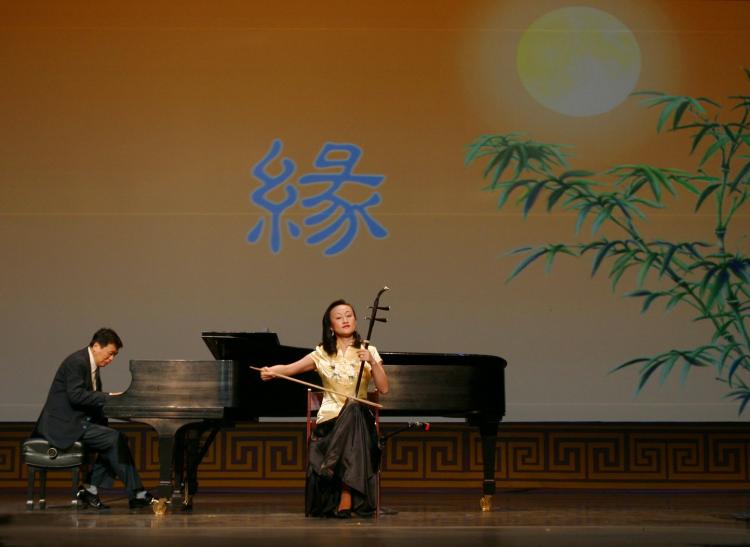
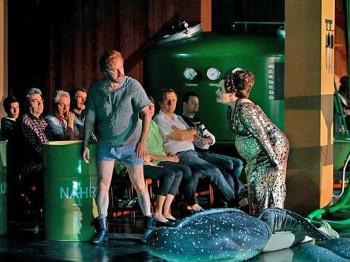
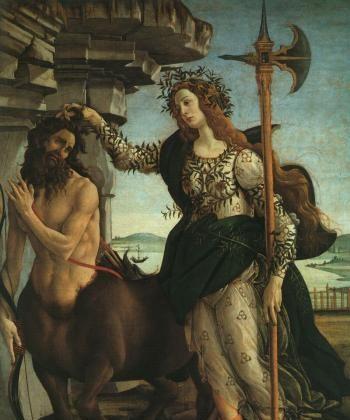
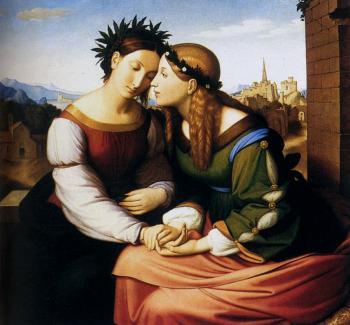
Friends Read Free